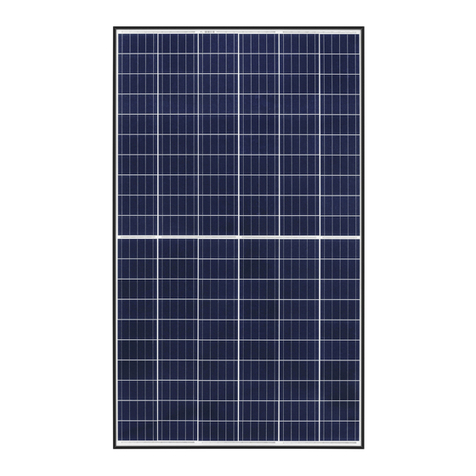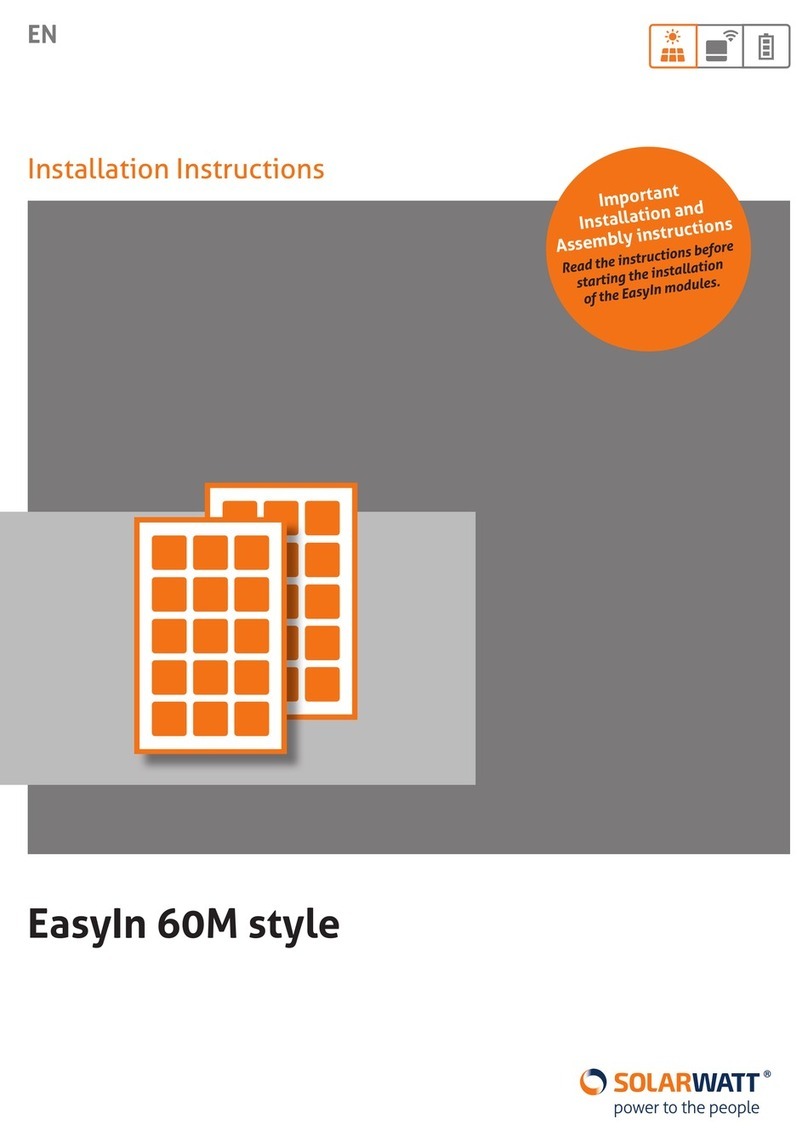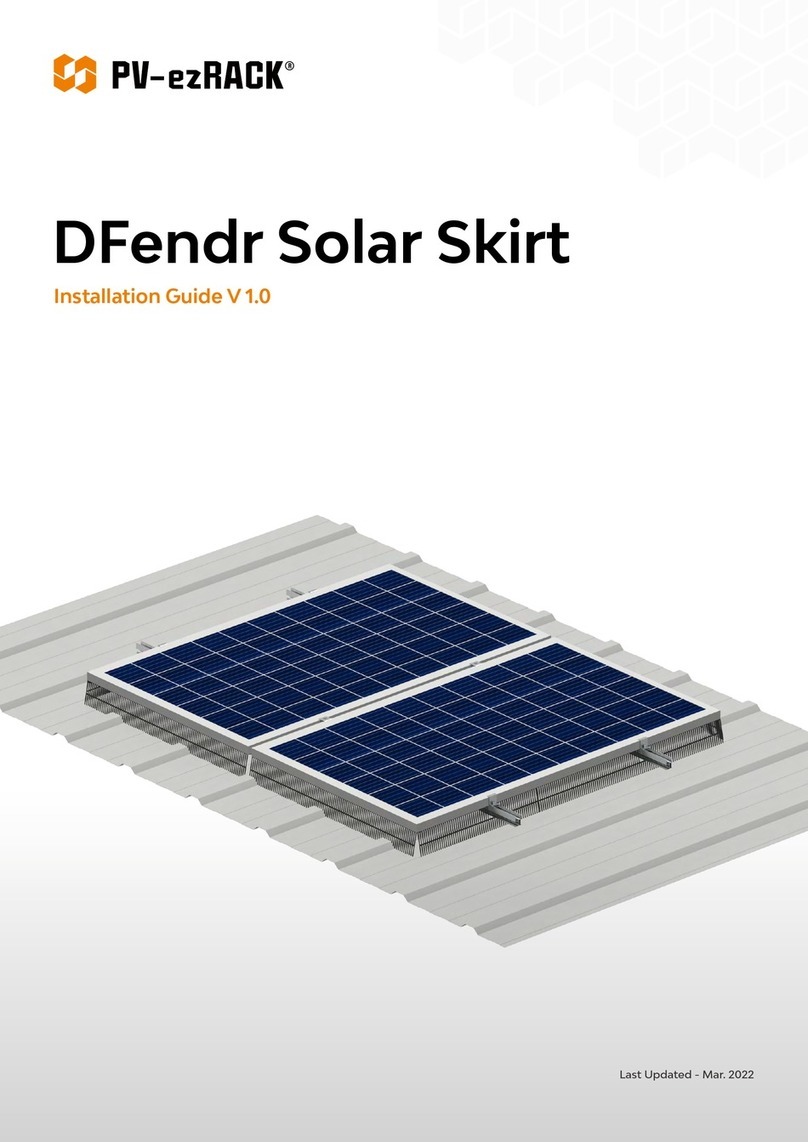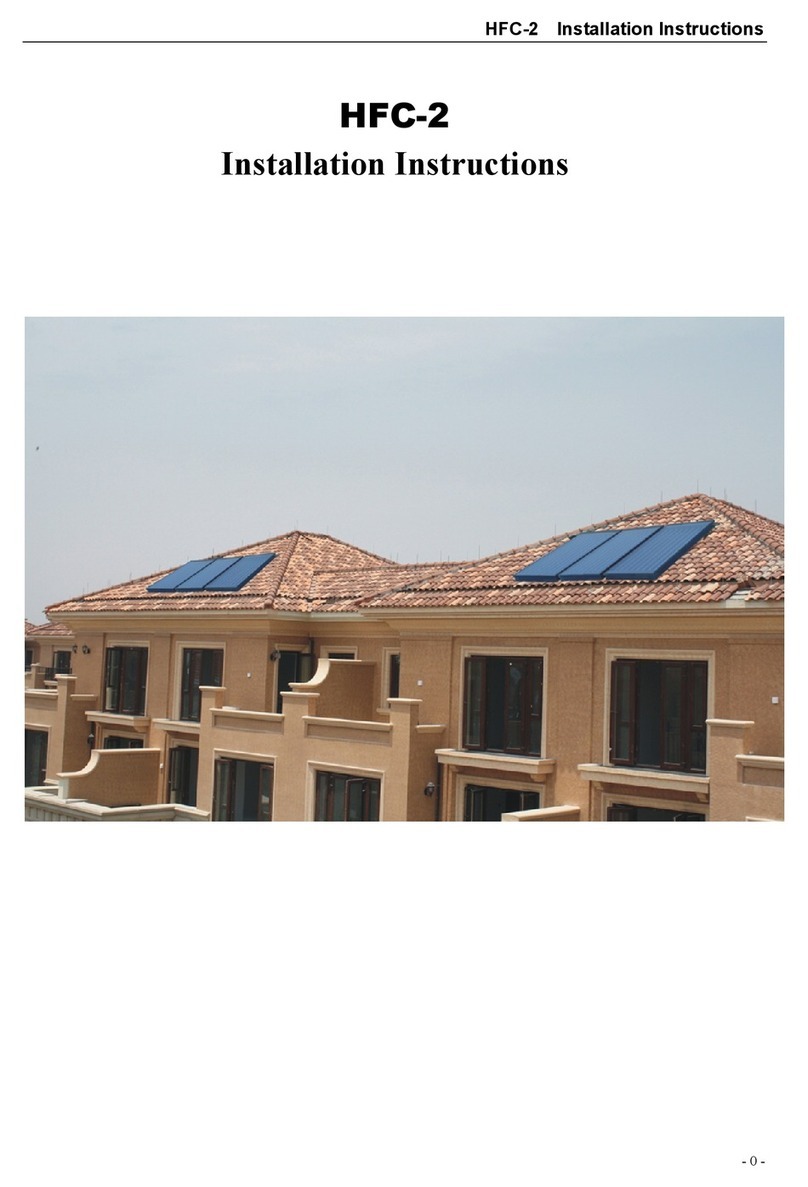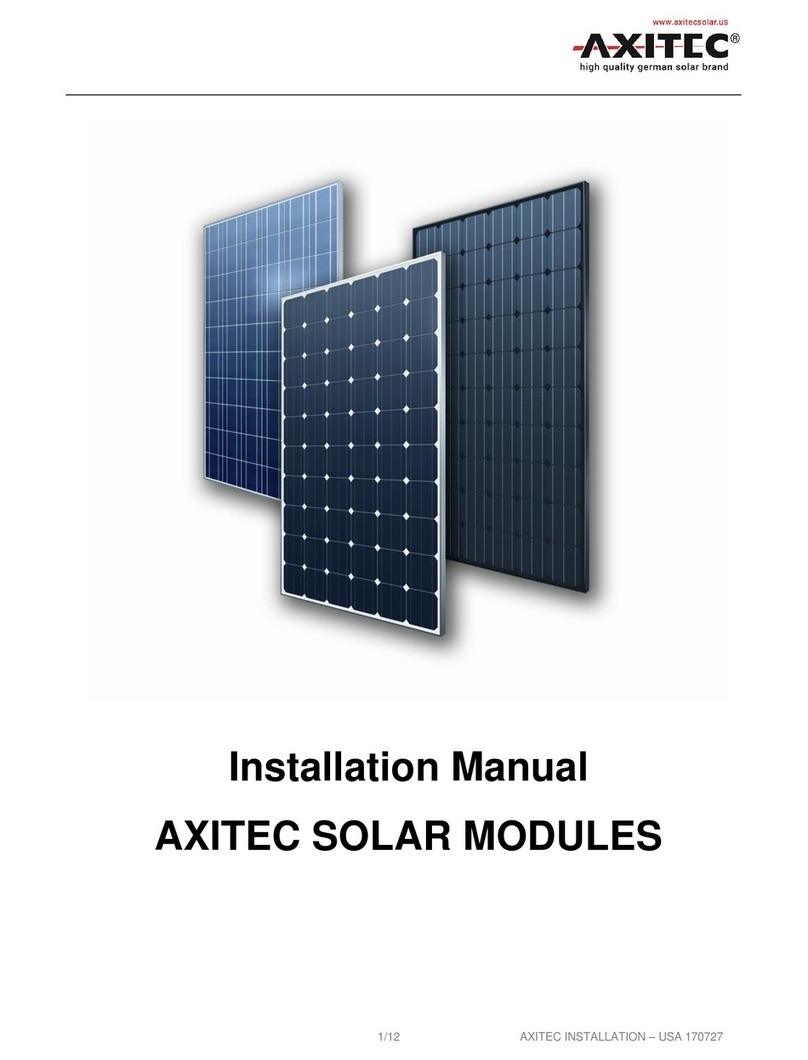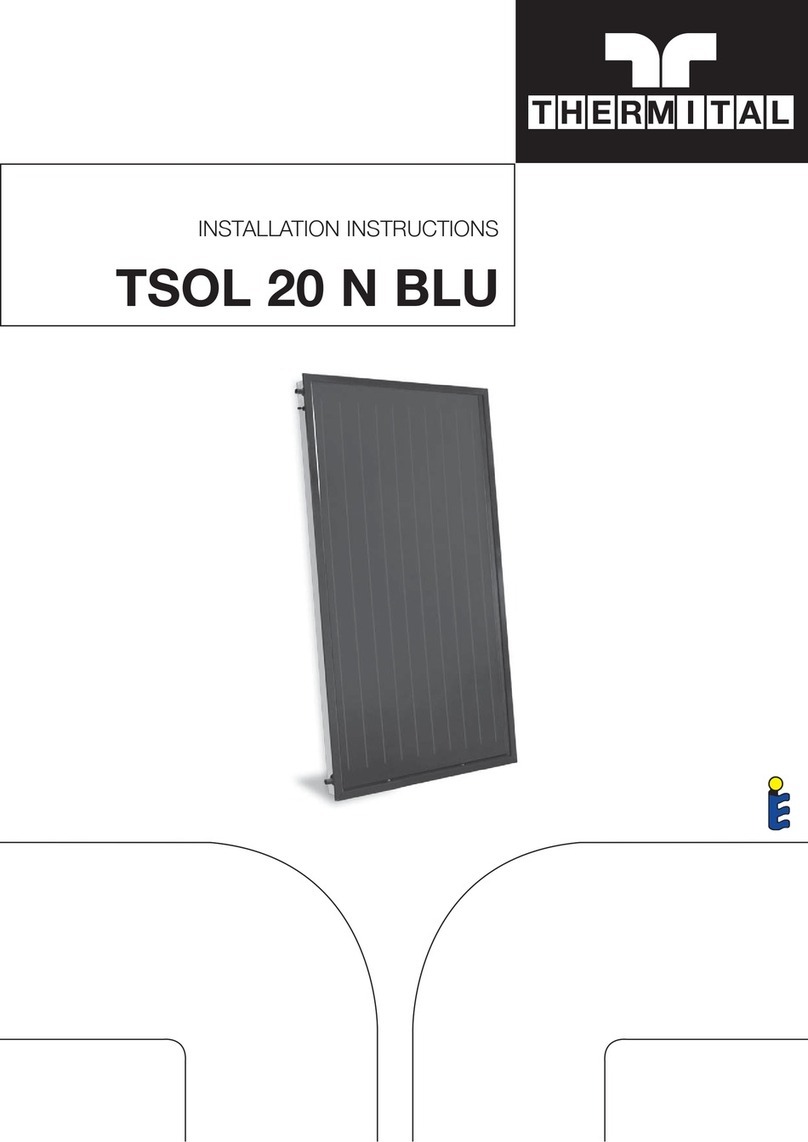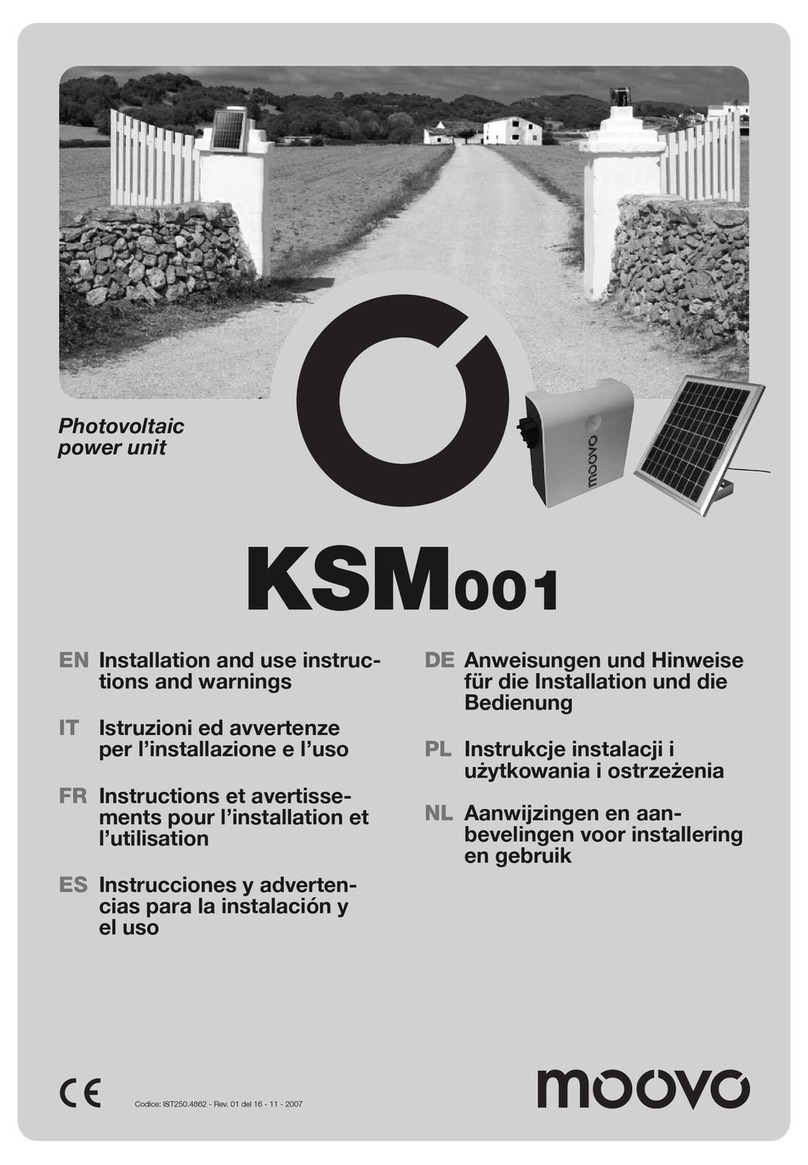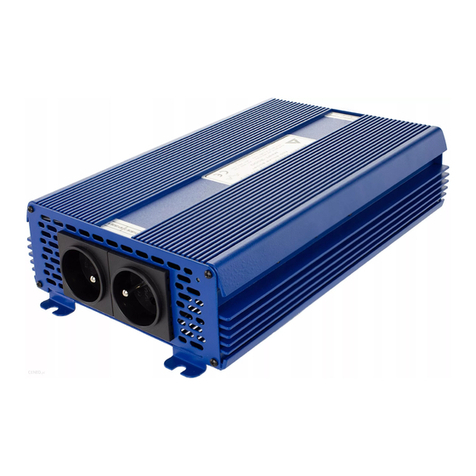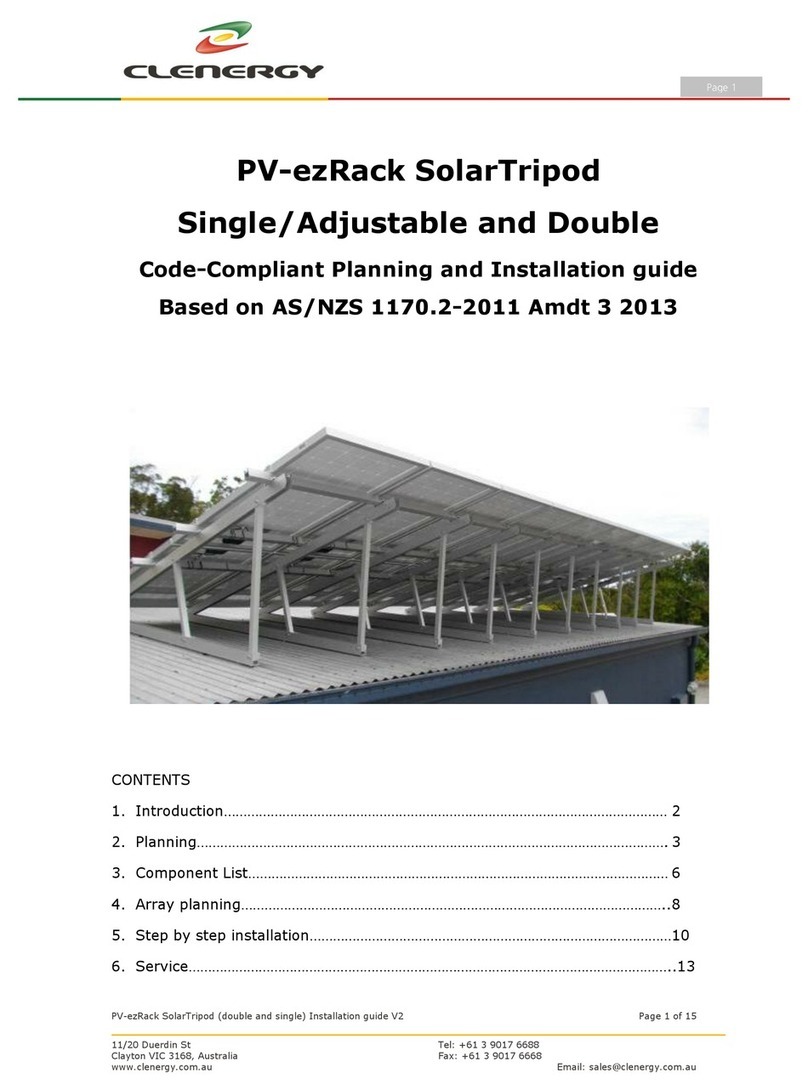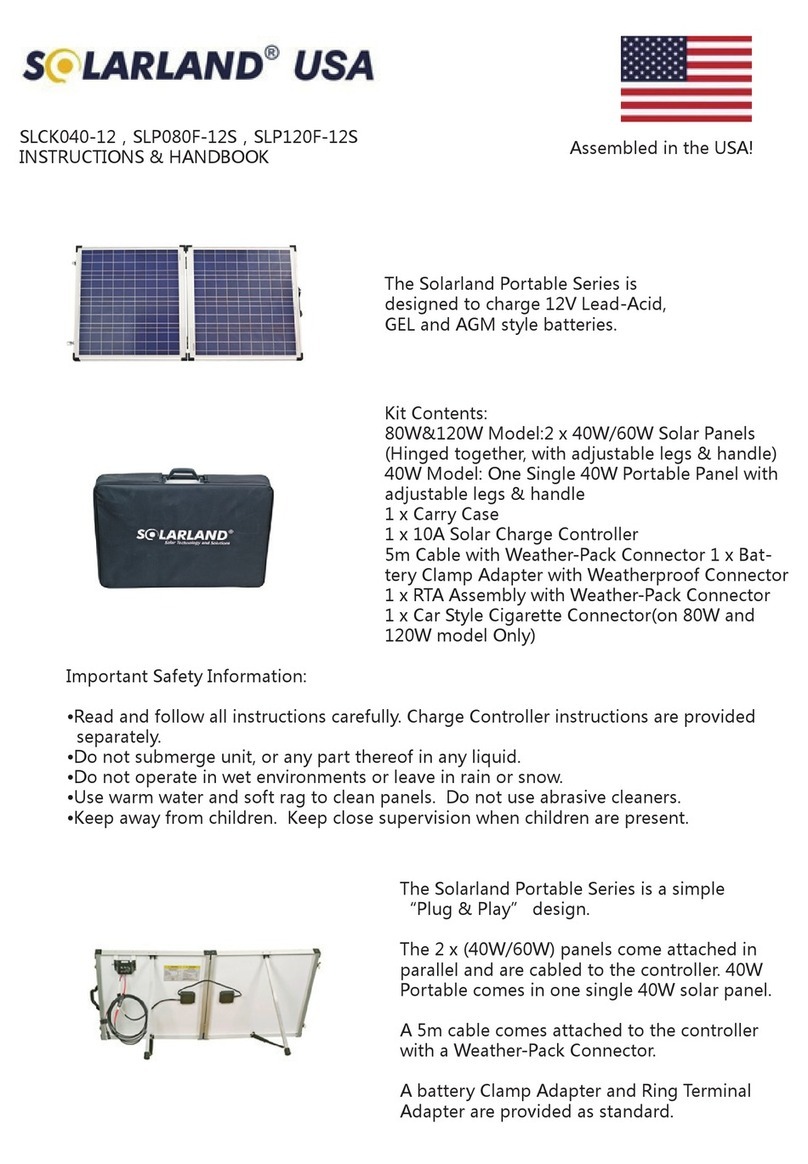DISCLAIMER
This manual only applies to the products in the CX series (CX1, CX3, CX3pro, CX4) made by Calyxo
GmbH. Calyxo does not assume any liability for damage caused by failure to comply with this
manual. Please note that the person setting up the system is responsible for wiring and dimensioning
the system as well as complying with all necessary safety guidelines during the layout planning and
installation processes. This manual does not provide a basis for liability on the part of Calyxo GmbH.
Calyxo GmbH shall only be liable in the context of contractual agreements or accepted warranties.
Calyxo shall not assume any responsibility extending beyond the functionality and safety of the
modules. Calyxo GmbH shall particularly not be held liable in cases of force majeure or external
influences over which Calyxo GmbH has no control. Please also observe the instructions for the other
system components that could be included in the solar power system. It may be necessary to generate
statics for the entire project. If this manual does not sufficiently answer yourquestions, please contact
your system suppliers. In the event of misinterpretation, inconsistencies or misunderstanding, the
German version of this limited warranty clause shall prevail. Information contained within is subject to
change without notice.
Further information is available on our website: www.calyxo.com.
2.2 Safety instructions
ELECTRICAL SYSTEMS
Solar modules generate electric current and voltage even at low levels of illumination. Physically
disconnecting a closed electrical circuit could cause electrical voltage and currents, such as electric arcs
to arise. These could result in life-threatening injuries. The risk increases when several modules are
connected. Requirements for special installations or locations - Photovoltaic (PV) power systems- must
be observed.
•Cover the solar module with opaque material during the entire assembly process. This is the only
way to ensure that the modules are reliably de-energized.
•All guidelines and safety instructions that apply to the installation of electrical devices and
systems e.g. IEC60364 -7-712 , must be observed.
•Installation shall be in accordance with the National Electrical Code, ANSI/NFPA 70 (in the US) and with CSA
C22.1, Safety Standard for Electrical Installations, Canadian Electrical Code, Part I (in Canada).
•The extra-low voltage range is exceeded for module or phase voltages of over 120 V.Takethe
necessary safety and precautionary measures.
•Do not insert any electrically conductive parts into the plugs or junction box. Do not touch the
contacts or exposed terminals.
•Keep children and unauthorized persons away from the modules.
•In the event of malfunctions or damage to installed modules, always contact your installer or the Calyxo After
Sales service (see ‘Troubleshooting’).
•Immediately take damaged solar modules (such as ones with broken glass) out of operation.
•Do not disconnect the plugs under load.
•Wear electrically rated PPE when working on interconnected modules or system components.
Please inform yourself about actual or additional information on handling electrical systems, and about
the regulations of your local energy supplier.
WARNING!
Danger of death due to electricshock!
